The Robert H. Cooley Pediatric Clinic
Community Health Center of Papoli, Phase I – COMPLETE
Breaking News: With joy and thanksgiving VPI announces that it has received a gift from a private trust to allow the full construction, completion, and operational start up costs of The Community Health Center of Papoli, Phase I.
For more information, please read the full Press Release.
Nothing can shake me more than the sight of these innocent young children suffering physically, socially and emotionally. No adult can stand by and watch while these children suffer.
— Nelson Mandela
The tragic epidemic of HIV/AIDS has ravaged the continent of Africa, striking those from all walks of life. As a result, children have been left not only as orphans, but often as orphans infected with this terrible disease. In response to this, a Safe House is being constructed for these children in the village of Papoli, Uganda, where over 2,500 children are affected by the disease.
Children infected with HIV/AIDS
Safe House Construction: Bricks
During the dry season, the Papoli community excavated sand from the local river and used it to mold over 30,000 bricks by hand.
Safe House Construction: Walls!
Safe House construction continues along with two small outer buildings to serve as a kitchen and food store.
Safe House Construction: Roofing Timbers
With the roofing timbers now being erected, employment positions have been announced for a hospital administrator, nurses, and staff.
Safe House Construction: Roof
The last of the exterior construction is completed with the installation of the roofing panels. The bore well needed to supply water for the facility has been drilled. Interviews for medical staff are now taking place.
SAFE HOUSE OPENING: MAY 5, 2010!
The Robert H. Cooley Pediatric Clinic will embrace comprehensive palliative care and rehabilitation for children living with HIV/AIDS as well as support for children who have been orphaned and made vulnerable as a result of AIDS in the family.
Services will include village/rural day care and a children’s safe house (for intensive rehabilitation or terminal care) on the site. In addition there will be an extensive rural day care program (initially 4 sites) within a radius of 10 miles. Intensive daily care and support for HIV positive children who have complex physical, emotional and social problems will be provided.
Holistic services tailored to the needs of each child will also be offered. These include medical and nursing care, physiotherapy, counseling, therapeutic play, nutrition programs, education, bathing, aromatherapy and massage, rest time and practical support (such as food parcels, clothing and income-generating activities). Children will be allowed to retain their roots and a sense of belonging within their individual community, as they will be brought in and returned home by our own vehicles each weekday.
The idea of palliative care, or the ‘provision of care for people with an illness for which there is no cure’ is still a relatively new one for Africa. The philosophy is to relieve pain and manage symptoms so that the patient has as peaceful and pain free an end to his or her life as possible. This approach, which is becoming increasingly popular worldwide, aims to allow the patient and his/her family to have the best quality of life achievable with terminal illness. It is holistic in that it addresses not just the physical needs of the patient but also the social, spiritual and psychological needs as well.
The rationale for this approach to AIDS care in Africa is an attempt to relieve suffering and respond in a cost effective way to a disease that has become an everyday reality for Ugandan families. Palliative care can take place in resource-limited environments and can, in part, be carried out by families and friends if correct training is given. For this reason, palliative care in Africa is not only appropriate, but also cost-effective. Though in many cases, there is insufficient money in the household to buy even simple analgesics, a lot can be done providing that the ‘caretakers’ have a good understanding of basic palliative care.
Alongside these psychological and material needs, there are needs that are less visible. For example, the need for a grandmother to explain to the seventeen orphans for whom she is caring what has happened to their parents, the need for understanding from schools and head teachers when an HIV positive child still wants to attend school but is forced to miss certain classes due to sickness or doctor’s appointments, or the need for dying parents to explain to their children what is happening and to prepare them as well as possible for the future. These needs are enormous and often intangible.
The Robert H. Cooley Pediatric Clinic will offer a safe haven to those with such great need, and bring comfort to their broken hearts and lives.
Construction for the Safe House is now complete. Please consider a donation to help sustain this invaluable resource for the children of Papoli.

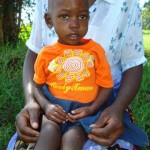
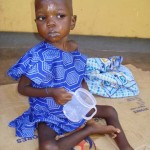
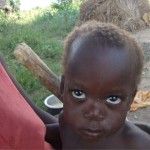
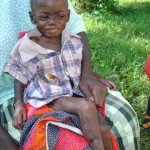
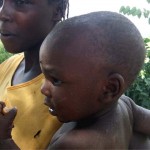
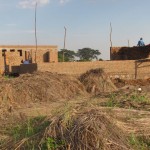
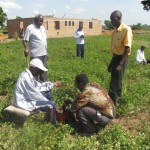
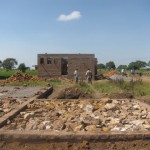
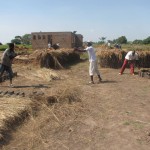
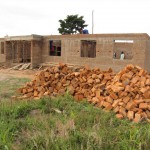
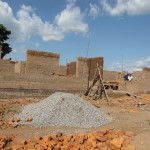
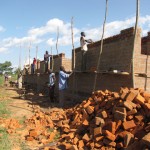
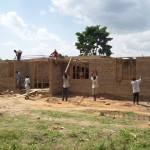
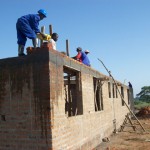
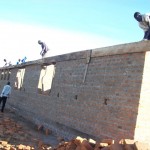
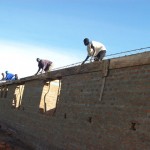
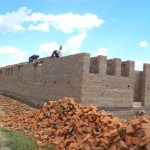
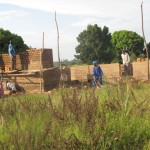
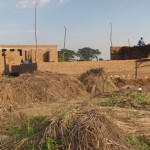
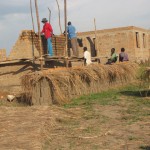
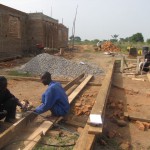
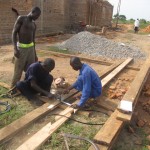
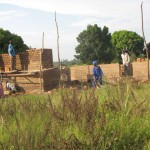
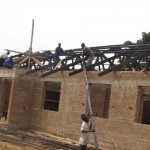
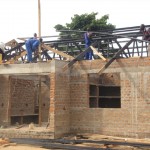
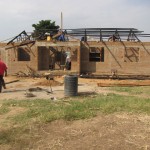
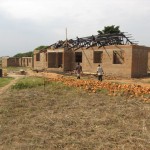
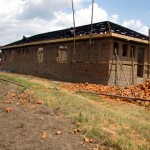
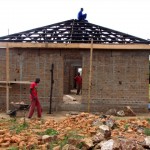
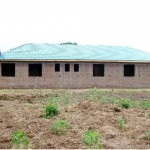
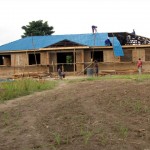
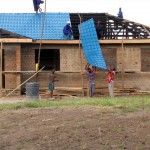
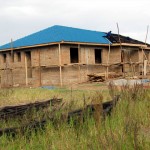
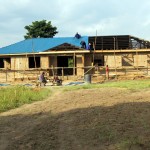
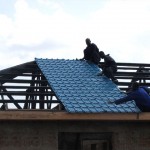
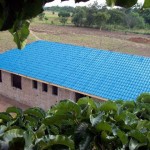
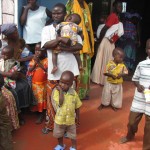
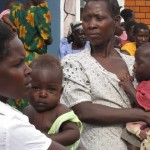
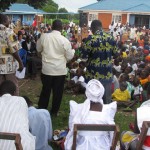
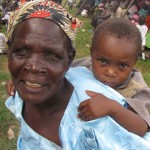
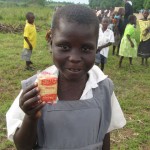
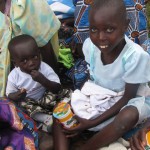
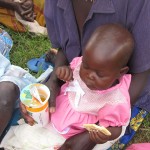
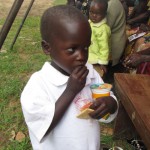
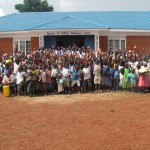
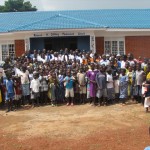
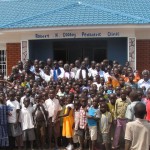

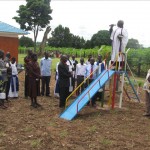
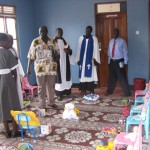
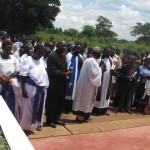
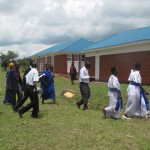
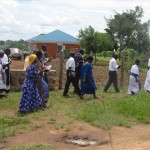
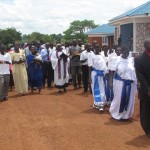
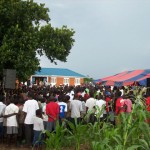
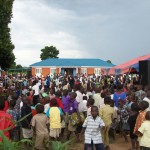
There are no comments published yet.